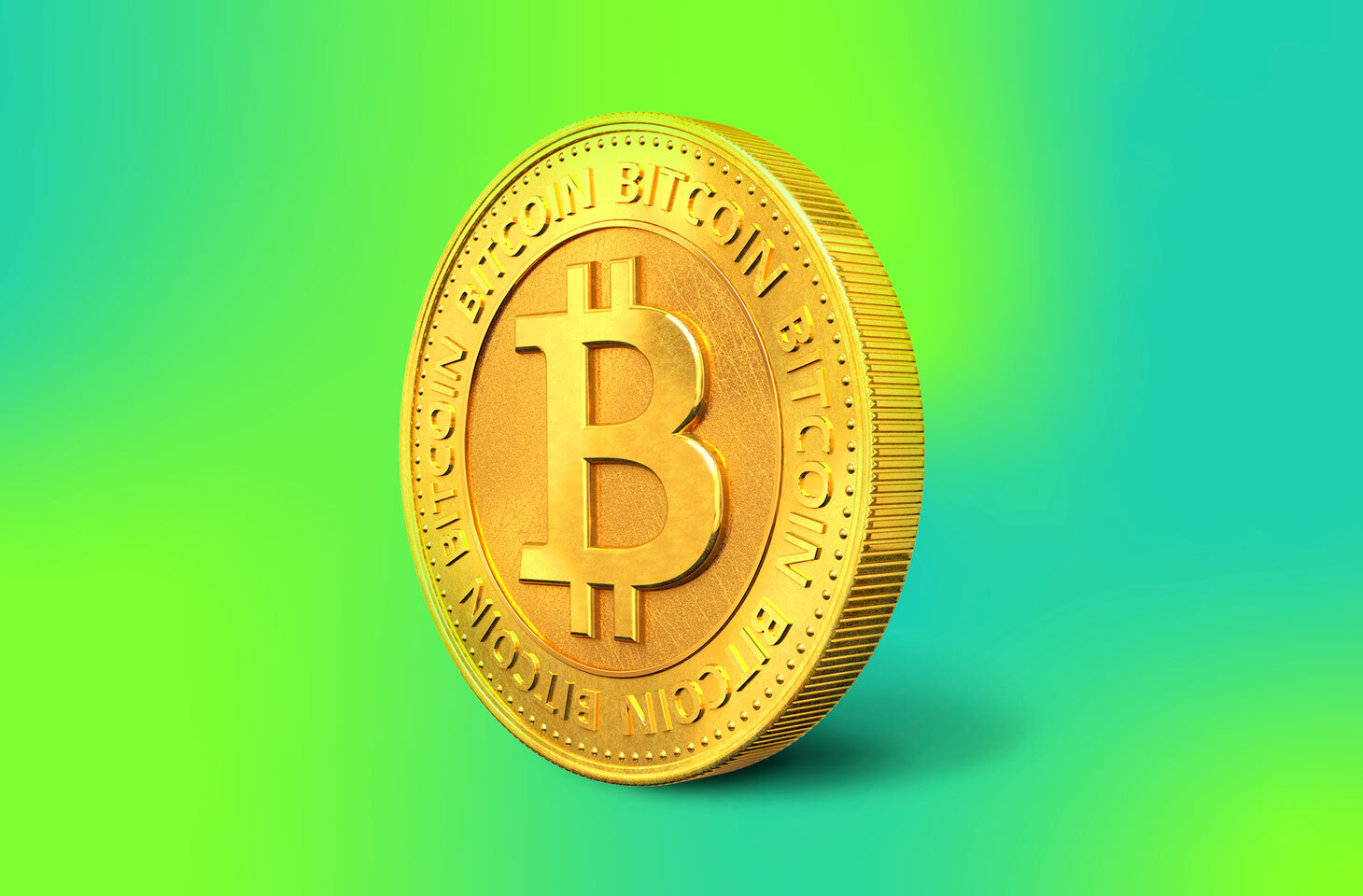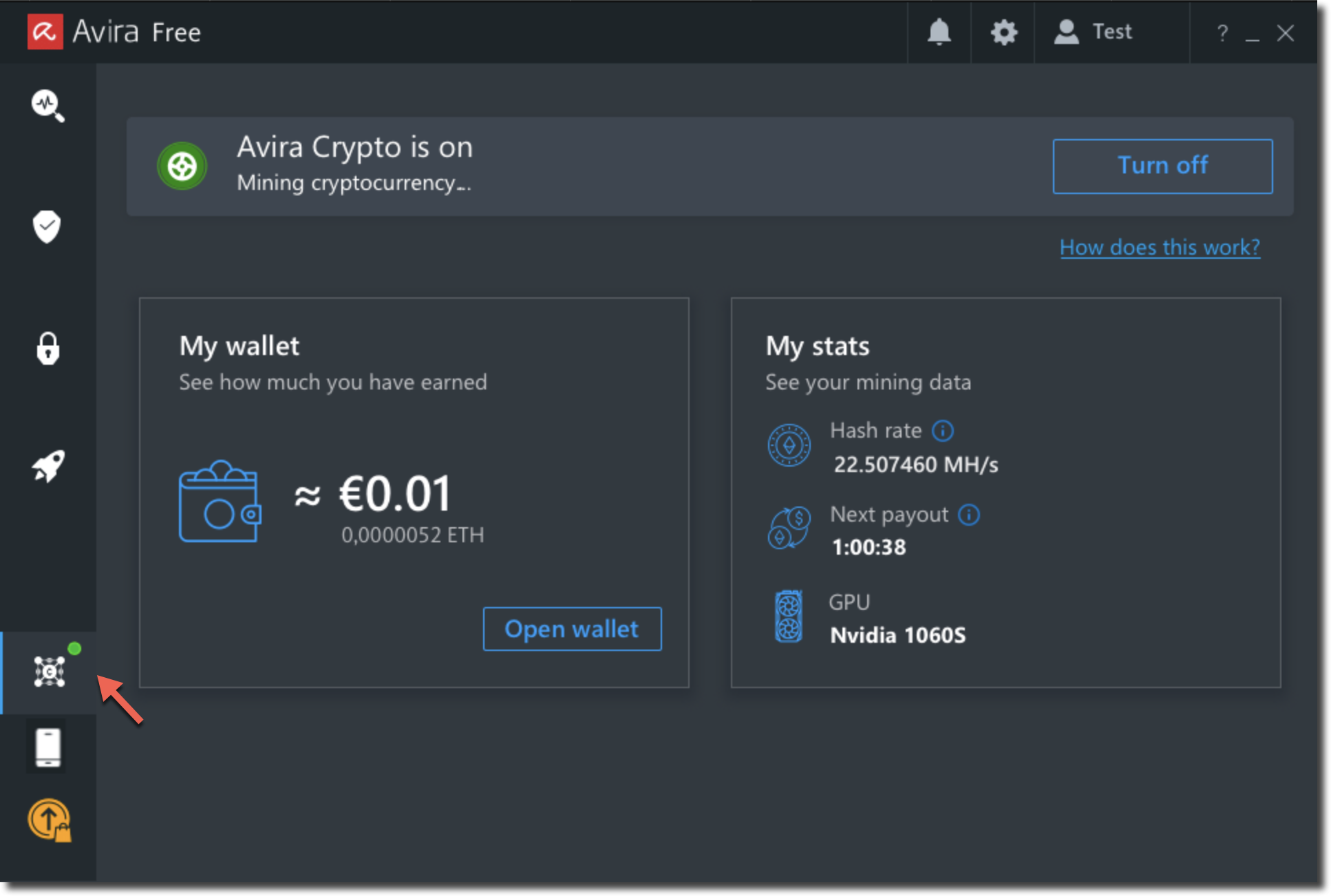
Investors often ask this question when considering the benefits of yield farm. There are many reasons to do so. One reason is yield farming, which can generate substantial profits. Early adopters will be able to receive high token rewards, which can increase in value. This allows them to sell these token rewards for a profit, reinvest the profits, and reap more income than they would otherwise. Yield farming is an investment strategy that has proven to generate more interest than conventional banks. But there are risks. DeFi is riskier because interest rates are unpredictable.
Investing in yield farming
Yield Farming is an investment strategy in which investors receive token rewards for a percentage of their investments. These tokens can quickly increase in value and can be resold or reinvested for a profit. Yield Farming might offer higher returns that conventional investments, but it also comes with high risks such as Slippage. A percentage rate of annual growth is also not accurate in periods of extreme volatility.
The DeFiPULSE site is a good place to verify the Yield Farming project’s performance. This index shows the total value of all cryptocurrencies that are held in DeFi lending platforms. It also includes the total liquidity in DeFi liquidity pools. Investors often use the TVL Index to analyze Yield Farming investments. This index is also available on DEFI PULSE. This index's growth indicates investors are optimistic about this type of project.
Yield farming can be described as an investment strategy that makes use of decentralized platforms to provide liquidity for projects. Yield farming lets investors make a substantial amount of cryptocurrency with idle tokens, which is different from traditional banks. This strategy is based on smart contracts and decentralized exchanges, which allow investors automate financial transactions between two parties. An investor who invests in a yield farm can earn transaction fees and governance tokens as well as interest from a lending platform.

Identifying a suitable platform
Although it might seem like an easy process, yield farming can be difficult. Among the many risks associated with yield farming is the possibility of losing your collateral. DeFi protocols often are developed by small teams that have limited budgets. This increases risk of bugs in smart contracts. Fortunately, there are a few ways to mitigate the risk of yield farming by choosing a suitable platform.
Yield farming is a DeFi platform that allows you to borrow or lend digital assets by using a smart-contract. These platforms can be described as decentralized financial institutions that offer trustless opportunities for crypto owners. They are able to lend their holdings using smart contract and provide them with a way to make payments. Each DeFi application comes with its own functionality and unique characteristics. This difference will influence how yield farming is executed. In short, each platform offers different rules and conditions for borrowing and lending crypto.
Once you have found the right platform, it is time to start reaping the benefits. The key to yield farming success is adding funds to a liquidity fund. This is a network of smart contracts that powers a market. Users can exchange or lend their tokens to this platform for fees. These platforms pay token holders for lending them their tokens. It's best to start yield farming with a small platform, which allows you to invest in more assets.
To measure platform health, you need to identify a metric
The success of the industry depends on the identification of a metric to measure the health of a yield-farming platform. Yield farming is the process by which you can earn rewards from cryptocurrency holdings. This process can be described as staking. Yield farming platforms are partnered with liquidity providers who increase liquidity pools' funds. Liquidity providers receive a payment for providing liquidity. Usually, this is from the platform’s fees.

Liquidity, a key metric to measure the health and performance of a yield farming platform, is one. Yield farming can be described as a form liquidity mining. It operates under an automated market maker system. In addition to cryptocurrencies and tokens, yield farming platforms offer tokens which are tied to USD or another stablecoin. Rewarding liquidity providers is based on the amount of funds they provide as well as the protocol rules that govern their trading costs.
It is essential to establish a measurement that can be used to assess a yield-farming platform. This will help you make an informed investment decision. Yield farming platforms are highly volatile and are prone to market fluctuations. However, yield farming can mitigate these risks because it is a form staking. Users must stake cryptocurrencies in exchange for a fixed amount. Both lenders and borrowers are concerned about yield farming platforms.
FAQ
What is a decentralized exchange?
A decentralized exchange (DEX), is a platform that functions independently from a single company. DEXs are not managed by one entity but rather operate as peer-to-peer networks. This allows anyone to join the network and participate in the trading process.
Are There Regulations on Cryptocurrency Exchanges
Yes, regulations are in place for cryptocurrency exchanges. Although licensing is required for most countries, it varies by country. The license will be required for anyone who resides in the United States or Canada, Japan China South Korea, South Korea or South Korea.
In 5 years, where will Dogecoin be?
Dogecoin has been around since 2013, but its popularity is declining. Dogecoin, we think, will be remembered in five more years as a fun novelty than a serious competitor.
What is a Cryptocurrency wallet?
A wallet is a website or application that stores your coins. There are different types of wallets such as desktop, mobile, hardware, paper, etc. A wallet that is secure and easy to use should be reliable. You need to make sure that you keep your private keys safe. You can lose all your coins if they are lost.
How can I invest in Crypto Currencies?
The first step is choosing which one to invest in. First, choose a reliable exchange like Coinbase.com. After you have registered on their site, you will be able purchase your preferred currency.
What is Blockchain?
Blockchain technology is distributed, which means that it can be controlled by anyone. Blockchain technology works by creating a public record of all transactions in a currency. The transaction for each money transfer is stored on the blockchain. Everyone else will be notified immediately if someone attempts to alter the records.
Statistics
- In February 2021,SQ).the firm disclosed that Bitcoin made up around 5% of the cash on its balance sheet. (forbes.com)
- “It could be 1% to 5%, it could be 10%,” he says. (forbes.com)
- For example, you may have to pay 5% of the transaction amount when you make a cash advance. (forbes.com)
- Something that drops by 50% is not suitable for anything but speculation.” (forbes.com)
- While the original crypto is down by 35% year to date, Bitcoin has seen an appreciation of more than 1,000% over the past five years. (forbes.com)
External Links
How To
How to make a crypto data miner
CryptoDataMiner can mine cryptocurrency from the blockchain using artificial intelligence (AI). It is a free open source software designed to help you mine cryptocurrencies without having to buy expensive mining equipment. The program allows for easy setup of your own mining rig.
This project aims to give users a simple and easy way to mine cryptocurrency while making money. This project was started because there weren't enough tools. We wanted it to be easy to use.
We hope our product can help those who want to begin mining cryptocurrencies.